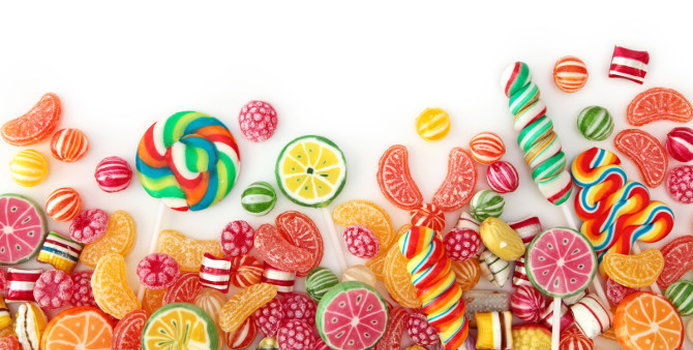Every day a large percentage of consumers take in hefty quantities of high fructose corn syrup. Most people don't even realize how much or where it's coming from. High fructose corn syrup has become a very commonly used sweetener and preservative due to the low cost to manufacturers. Sodas, fruit drinks, processed foods and even condiments contain the controversial ingredient. Some studies have shown a connection between consumption of these products and obesity, while other recent research suggests no link between the two. Regardless of who is right, the fact remains that high fructose corn syrup, like sugar, should only be consumed in moderation. Knowing some common sources and reading labels carefully can make modifying your intake easier.
1. Soft Drinks and Fruit Punch
High fructose corn syrup is the principal sweetener used in the manufacturing of soft drinks. This has been the case since the 1980s, when the switch was made from sugar because of the price. With the gradual increase of bottle sizes over the years, soft drinks have become one of the most common sources of high fructose corn syrup in the American diet. Unfortunately, when people decide to steer clear of soda, they often move over to fruit punches and juice drinks. They sound healthy, but many of them are also full of high fructose corn syrup. Choose drinks made with real fruit juice and no added sugars.
2. Breakfast Cereal
Many children and adults eat cereal every day. It is a quick and cost effective solution for people on the go. Choose with care, though. All varieties of breakfast cereal, even the ones advertised as healthy, can be chock full of high fructose corn syrup. Fruit Loops and other sweetened cereals geared towards children are major culprits. Don't be fooled by the so-called healthy cereals for adults, either. Some HFCS-free options include Post Grape-Nuts, Life Cereal and Cheerios. Most organic cereals are free of corn syrup, but again, read all labels to be sure.
3. Bread
Many Americans are leaving white bread behind in search of more fiber and less carbohydrates. Making the switch to wheat bread, however, doesn't always do the trick when it comes to weight loss. White bread and many wheat breads contain high fructose corn syrup. The best choices will be breads made with whole grains.
4. Condiments
In an effort to be healthier, people are eating more salads and adding more fruit to their diets. Watch those low fat salad dressings, though. Eat whole fruits instead of jams and jellies. All three, along with ketchup and other sauces are filled to the brim with high fructose corn syrup. Another source is vegetable and fruit dips.
5. Yogurt
High fructose corn syrup is added to many yogurts not only as a sweetener, but to maintain the flavor and firmness of the fruit. It also helps to diminish the amount of separation between the liquids and solids in the mixture. More Americans are turning to yogurt to aid digestive disorders because of the probiotic content, but if the probiotics are competing with the sugars, most of the benefit is lost. Plain, unsweetened yogurt is best with whole fruit added for taste.



